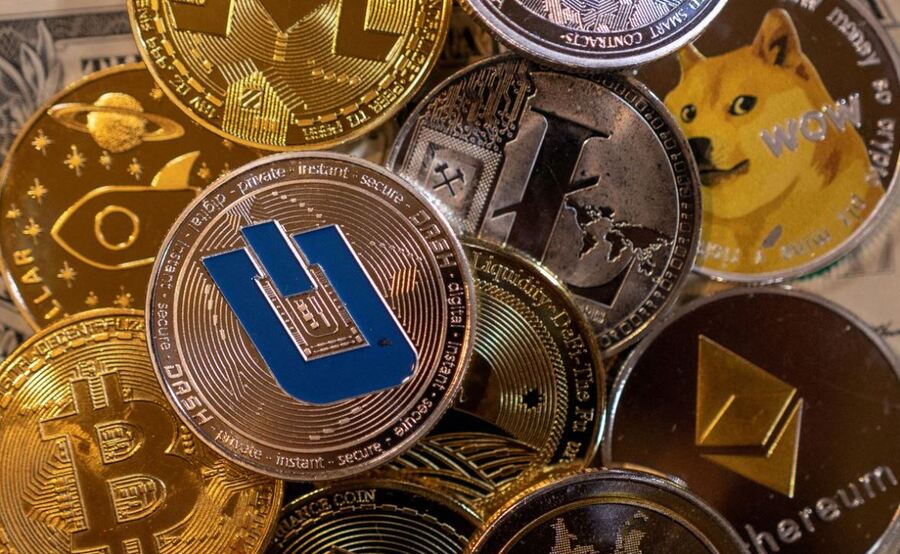
The UK’s Grassroots Adoption: A Catalyst for Crypto Sector Growth
In a landscape where cryptocurrencies are rapidly gaining traction, the United Kingdom stands at a pivotal crossroads. With increasing grassroots adoption, the UK has a unique opportunity to harness this momentum to foster substantial growth in its cryptocurrency sector. Jordan Wain, the UK public policy lead at Chainalysis, emphasizes this potential, pointing to the need for strategic measures to capitalize on the widespread interest in digital assets among the public. Grassroots Adoption: A Driving Force Grassroots adoption refers to the organic and widespread acceptance of cryptocurrencies among everyday users, investors, and small businesses. In the UK, this trend is becoming increasingly apparent, with more individuals engaging with cryptocurrencies for various reasons—be it investment, trading, or even everyday transactions. According to recent surveys, a significant percentage of the UK population is now familiar with cryptocurrencies, with many expressing interest in investing or using them for transactions. This increasing awareness and acceptance provide a solid foundation for the crypto sector to grow. Wain’s assertion that grassroots adoption could be leveraged indicates a recognition of the public’s evolving relationship with digital assets. The Role of Public Policy To fully realize the potential of grassroots adoption, the UK government and regulatory bodies must create a conducive environment for growth. This includes establishing clear regulations that not only protect consumers but also encourage innovation and investment in the crypto space. By doing so, the UK can position itself as a leading hub for cryptocurrency and blockchain technology, attracting businesses and investors alike. Wain advocates for a collaborative approach between policymakers and the cryptocurrency community. Engaging with industry experts and stakeholders can lead to more informed regulations that reflect the unique characteristics of the digital asset market. By fostering a dialogue between the government and the crypto sector, the UK can ensure that its regulatory framework supports innovation while addressing potential risks. Investment and Innovation A robust regulatory environment will not only support grassroots adoption but also stimulate investment in the crypto sector. As confidence grows among investors, we are likely to see increased funding for startups and established businesses within the cryptocurrency ecosystem. This investment can drive technological advancements and the development of new products and services, further enhancing the appeal of cryptocurrencies to the broader public. Moreover, as the UK embraces digital currencies, there is an opportunity to lead in emerging areas such as decentralized finance (DeFi), non-fungible tokens (NFTs), and blockchain-based solutions. By promoting innovation, the UK can attract talent and establish itself as a global leader in the crypto space. Challenges Ahead Despite the significant opportunities presented by grassroots adoption, challenges remain. Regulatory uncertainty, market volatility, and public skepticism can hinder growth. Addressing these issues will require a concerted effort from all stakeholders involved, including the government, industry leaders, and the public. Conclusion The UK’s grassroots adoption of cryptocurrencies presents a significant opportunity to foster growth within the sector. As Jordan Wain from Chainalysis highlights, leveraging this momentum through strategic public policy and collaborative engagement can position the UK as a leader in the global crypto landscape. With the right approach, the UK can transform grassroots interest into a thriving cryptocurrency ecosystem, benefiting consumers, businesses, and the economy as a whole. As the crypto landscape continues to evolve, the UK has the potential to harness its unique position to drive innovation and investment in digital assets.














